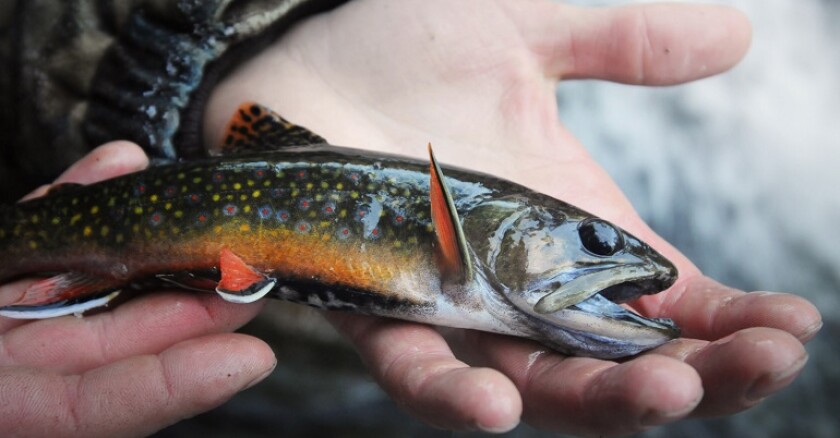That’s where the Massachusetts Wildlife Climate Action Tool can help. Launched in November, the website provides urban planners, landowners and residents in the state with information about climate change impacts on fish and wildlife, as well as on-the-ground actions they can take. “We’re all struggling to understand what the implications of climate change are, but we can’t afford to sit around and wait until we have a full understanding to actually take some steps,” says Scott Jackson of the Massachusetts Climate Adaptation Partnership, which developed and now oversees the site. “With this tool, we try to point people to the best resources available to guide actions so they don’t feel helpless in the face of climate change.”
The website is the brainchild of John O’Leary, who until recently was the assistant director of the state Division of Fisheries & Wildlife. Over the course of his work on climate change adaptation, O’Leary came to realize that understanding vulnerabilities is not the same as giving people direction on what they can do to help. The Division of Fisheries & Wildlife partnered with the University of Massachusetts Amherst and the U.S. Geological Survey to create the tool. They targeted it at the local level because, according to Jackson, it’s at this level that people most seemed to need access to data.
The way the tool works is that users look up different species and habitat types to see what beneficial climate actions they can take. Entries include brook trout, which are impacted by warming stream temperatures and fragmented habitat, and the state’s forests of birch, beech and maple, which are threatened by warming temperatures. To save brook trout, for example, the site recommends restoring the grasslands along riverbanks to maintain cool water temperatures. “We want to use this tool as sort of a centerpiece for creating a community of practice,” says Jackson, “so that as people start to take action on climate change, their examples can be highlighted and integrated into the content of the tool.”
Along those lines, the tool could easily be replicated in other states. Jackson says that while states would need to create state-specific databases, the technology could easily be shared.
Beyond that, the Climate Adaptation Partnership is trying to determine the next phase of the tool. Some of the ideas the group has thrown around include adding additional species and habitat vulnerabilities; integrating work done on the coast regarding risks posed by sea-level rise, storm damage and coastal flooding; and incorporating infrastructure vulnerabilities. “Even though we’ve assembled quite a bit of information, I don’t want to downplay the importance of new information,” says Jackson. “We’re going to be very keen to integrate it as it becomes available both from the science but also from practice. As people try things and as people do things, we want to learn from their efforts and we want to integrate that into the tool.”









